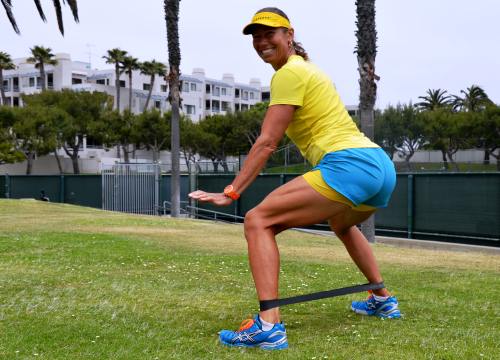How many times have you heard or read that you have to do myofascial or fascia release to heal and correct your tissue for your muscles to function correctly?
How many times have I “ordered” my students to do myofascial release? Yes, VERY often…
Some of us comply more, some less…
I think everybody has good intensions to do it, but it is the human Resistance that stops us from doing things that we should be doing. And it prevents us from achieving great success and results.
Does myofascial release really work? Or is it a scam so they can sell more foam rollers, PVC pipes, lacrosse balls, or specialty expensive rollers?
The technique has many names: rolling, smashing, releasing, breaking up scar tissue, torture…
Can fascia release really help you to treat your pains and dysfunctions and make you feel better, train harder, run faster and become stronger?
Fascia
Fascia is a connective tissue in your body. It covers your muscle fibers in special compartments and gives you freedom of movement. The primary structural component of fascia is collagen, a resilient protein that is proportionally stronger than a steel cable. It resists stress of stretching and tension. Collagen is a building block of tendons, ligaments, fascia, and skin.
Collagen is arranged in such way that it can distribute maximum loads. It can change fiber arrangement and density depending on your genetic make up and structural stresses. It “remembers” the functions and adjusts accordingly.
In a healthy and functional body, the fascia allows movements of muscles and bones in a full range of motion and a large variety of movements that are sport or life specific. When fascia becomes dysfunctional, it will restrict movement and cause pain.
How do you know there is something wrong with your fascia?
Sometimes you can feel “weird” stuff in your tissue. We call it adhesions, scar tissue, ropes or knots. Thanks to an injury, emotional stress, or bad movement patterns, the tissue get misaligned and may cause pain or other dysfunctional patterns. The goal is to align it mechanically or biochemically, so we can move better in the future again and get rid of the pain.
Your tissue needs attention if
- you feel pain
- there are extremely dense areas in the tissue
- the skin doesn’t move freely above the tissue
What do you mean with dense tissue? Sometimes the tissues next to each other get hard and tough and don’t slide very well past one another. This may restrict the full range of motion.
You may feel pain or unpleasant sensations when you push on the tissue. Sometimes this pain expresses itself as trigger points, small painful areas that may refer pain and sensations to other areas in the body.
Another problematic condition is when your skin doesn’t slide freely over the tissue, which may add to poor movement patterns and your muscles need to work much harder to move in the range of motion for your specific sport. This may lead to inflammation in the hard working and overused tissue.
If you train hard, you put your muscles under tremendous tension. You most probably find at least one or more of these above conditions. If you diligently work on removing the issues with fascia release, you will create healthy and functional tissue with less stiffness and with much better range of motion.

Technique for Fascia Release
One of the simplest techniques is to find the restriction and painful areas in the tissue and apply pressure. Hold and wait while breathing deeply. Push for at least 30 seconds or more. If you feel a burning sensation in the tissue, don’t stop. This is a chemical change that happens when the release starts.
When you feel the pain released, you can now start very slowly moving the muscle through the full range of motion, while still applying pressure on that offending area. If you cannot move in the full range of motion, then stop where you feel restricted and hold it there for another 30 or more second until you feel a release.
You will know that your diligent work creates progress when you feel much less pain and increased range of motion. You will feel also smoothness and ease in motion. The tissue inflammation will be reduced as well. You can also perform a difficult or restricted movement before your fascia work and then afterwards and compare if there is a positive change.
Stay persistent and disciplined with your fascia release work. Sometimes it can take long time to correct dysfunctions. Just know that the body is very adaptive and wants to be functional. Keep helping it and if you stay on it for long enough, the results will definitely come.
(Would you like to learn more about very advanced techniques of smashing, flossing, rolling and pushing your tissue? I highly recommend the book by Kelly Starrett “Becoming a Supple Leopard 2nd Edition: The Ultimate Guide to Resolving Pain, Preventing Injury, and Optimizing Athletic Performance“. Just be prepared, it is highly technical but oh so much great information.)
.



